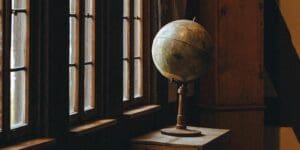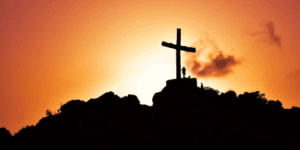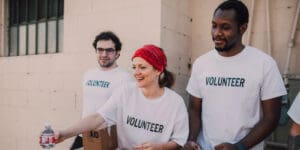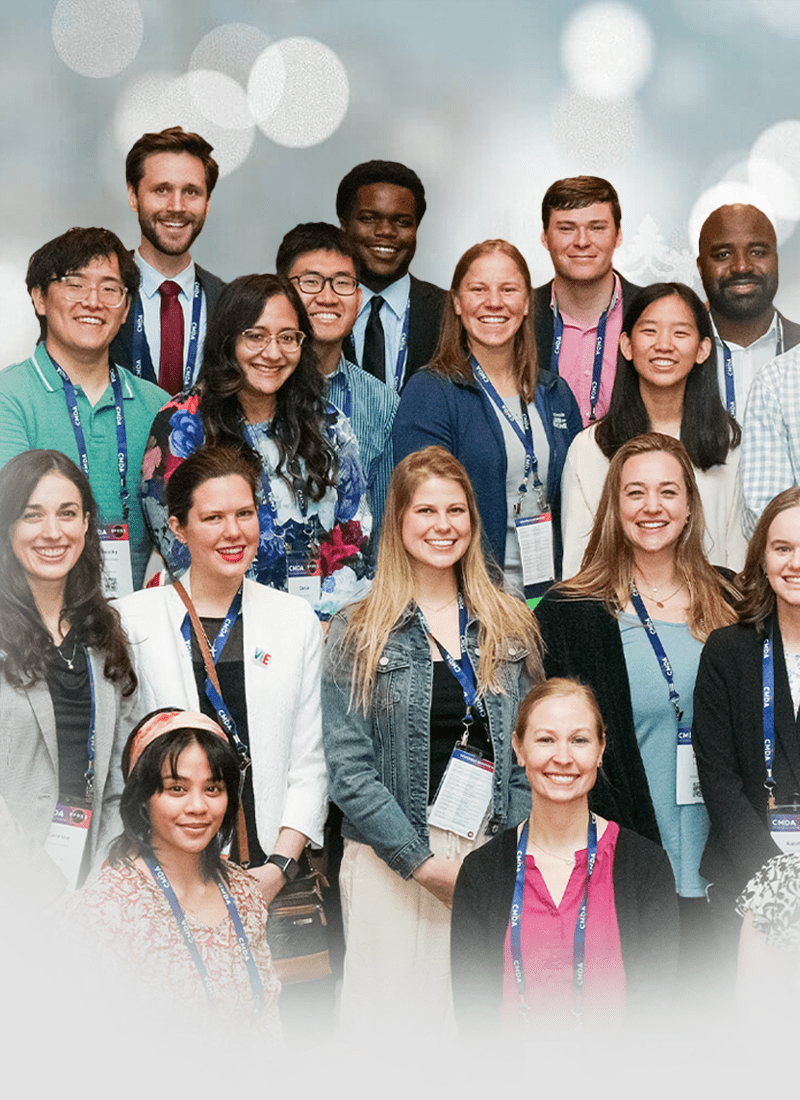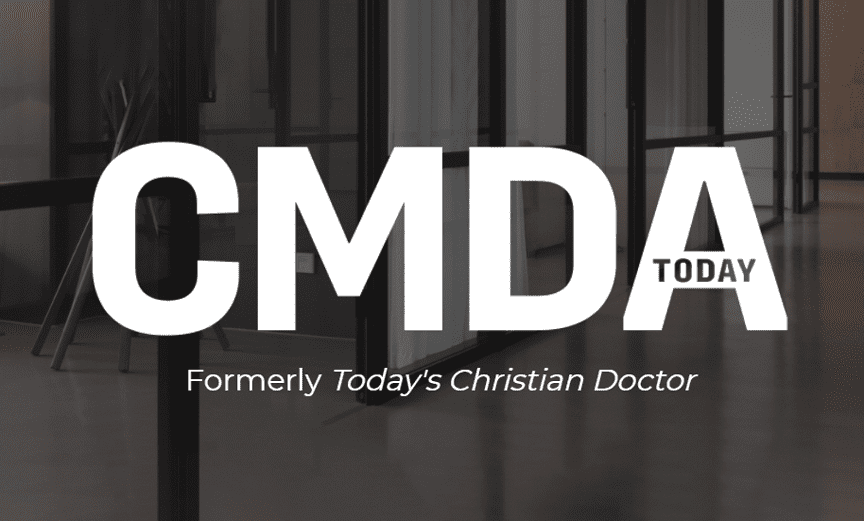
Facing the Virus Overseas
When COVID-19 began sweeping around the globe in early 2020, career healthcare missionaries were faced with the option of staying in their countries of service to weather the storm or evacuating back to the United States before the borders closed. Without sufficient quantities of protective equipment for staff members, would rural mission hospitals be able to survive the pandemic? In countries where the medical infrastructure is limited at best, would there be enough resources? What about food and other supplies to help to meet the day-to-day needs if the airports closed?
When COVID-19 began sweeping around the globe in early 2020, career healthcare missionaries were faced with the option of staying in their countries of service to weather the storm or evacuating back to the United States before the borders closed. Without sufficient quantities of protective equipment for staff members, would rural mission hospitals be able to survive the pandemic? In countries where the medical infrastructure is limited at best, would there be enough resources? What about food and other supplies to help to meet the day-to-day needs if the airports closed?
It was a challenging decision in the midst of such uncertainty, amplified for many overseas healthcare workers by the remoteness of their service locations. While some were required to leave, others stayed and began preparing for the worst. These are the stories of two healthcare missionaries who made the difficult decision to stay in their countries of service to face the virus and rely on God’s faithfulness and protection to see them through the pandemic.
Malawi: A Direct Hit
by Catherine Hodge, MD
I remember years ago standing in the tiny museum, staring up at the pictures of the first missionary settlers of Nkhoma, Malawi, the small rural mission station I have lived in for more than six years. My heart sank to the pit of my stomach as I read the same epithet over and over again. “…. J. F. du Toit … Died of blackwater fever.” They were all lined up, young faces full of adventure and hope for being a part of God’s work in advancing His kingdom. Bright faces that left behind lovers and babies, just as they left behind Bible translations and literacy schools and rudimentary health clinics. They are buried in a small plot in the heart of our village, and to this day the cemetery is surrounded by a small beautiful forest.
I murmured softly to myself, “Malaria prophylaxis. Medivac insurance. Antibiotics. I have all these things now. I will never be tested in my faith the way my forefathers were tested.” I felt small and almost embarrassed that I even shared the title of missionary with those who sacrificed their lives one after the other, knowing the risks.
Of course, I knew I was carrying my family into a more dangerous territory than our comparatively safe home in the U.S. No emergency rooms, no ambulances and no road regulations, plus venomous snakes in our yard. There are real voids in our access to care here in Malawi, and that’s not a small thing. More than one American had eyed the 1-year old baby on my hip and my growing belly with our second daughter and asked me if I really thought it was right to expose them to such dangers. I thought of the millions of babies in Malawi whose mothers don’t have that choice. I thought of the missionaries on the museum wall. I answered them with confidence. Our risk was relatively nothing.
That all changed in March 2020. Borders closed for months, including our airport. Suddenly, our health insurance no longer applied. If I wanted to expose myself and my family to the Coronavirus to help others, my health insurance would not cover anything related to the illness. We were told we would not be evacuated out for any reason, certainly not for Coronavirus complications. If one of our daughters fell from a tree and had a brain bleed, we were on our own, in Malawi, without the guarantee of finding a working CT scanner. Expatriate specialized doctors fled Malawi when their countries called them home, so a neurosurgeon would probably have been impossible to find anyway. We banned tree climbing.
We thought of our parents, and what would happen if they got coronavirus complications, and we wouldn’t be able to fly home to them. We banished the thought from our minds.
My family often refers to the remark, “Children are the great equalizer.” Except now, we comment how it is COVID-19 which has put a common denominator in almost every nation. But in spite of all the fear, for the first time since I began working in Africa, I felt that we had the upper hand. My Malawian colleagues at the hospital were afraid, yes, but they had been watching the international stage for months. They were equipped with facts to counter the uneducated villager who was resisting masks or social distancing. They laughed at the radio stations announcing that the virus could spread through the 5G network. They knew how to wear proper personal protective equipment (PPE).
And then our surge came. It’s here now in full force. We aren’t sure we caused the delays, but we are thankful for the time we had to prepare. We have protocols, we have oxygen concentrators and we have PPE. It has been surreal to have some of the same challenges as that of our Western donors. Sure, the West is in a better position on just about every front. But when was the last time I asked a donor if they’re taking their malaria prophylaxis, or if they got exposed to TB last year, or how much malnutrition they’re seeing now that the last planting season had poor rains? But with COVID-19, we are all speaking the same language. Many donors are anxious to help us now that they personally know a bit of what we are actually facing. For many of them, their surge is passing, and they have renewed time and attention to look in our direction.
A couple of months ago, before the surge hit Malawi, a woman at a store in the capital asked me which country I was from. When I shared that I was an American, she soothingly patted my arm and said how sorry she was to see what was happening in America. “We Malawians shouldn’t just be looking the other direction while Americans are getting killed daily by the thousands from this virus-just because the color of their skin is not all black,” she said to me. “No matter their skin color, we should be praying for them. We are all God’s children.” Now COVID-19 is here in Malawi and killing our precious families. Just about everyone I know in Malawi already knows someone dead from the virus. Thankfully, COVID-19 isn’t the only equalizer. Christ is the Brother and Savior of all. It is by His mercy that we wake up each day, and He gives us the strength we need to face the work He gives us. Great is His faithfulness-to my missionary ancestors-and to me.
Papua New Guinea: The Last Battle
by Mark Crouch, MD
At the conclusion of 2020, there were 81,475,053 confirmed cases of n-SARS-COV2 reported to the World Health Organization (WHO).2 This represents about 1 percent of the approximately 7.7 billion people in the world at the time.3 There were 1,798,050 confirmed deaths, which means that COVID-19 killed about 0.02 percent of the world’s population in 2020.2,3 Yet, the pandemic has affected every person on the globe. The deadly effects of the virus played out most dramatically in early-hit places with older populations more susceptible to severe and fatal disease. But the effects of lockdowns, travel restrictions, diverted resources and the “infodemic” created in social media touched every corner of the world.
At first, high-income nations worried this infection would tear its way through places with weak health systems already grappling with major challenges. When this didn’t appear to happen, the focus turned inward: how to enforce public health measures and the unprecedented race for a vaccine?
But what did happen in places with historically weak health systems? What was it like to work there during the pandemic?
In the early control efforts, I was asked to join the provincial government’s response committee. Our institution partnered with the government’s health authorities to create surveillance mechanisms, establish cough triage zones at clinics, set up solar-powered oxygen-capable isolation units and communicate with the national control center on the status of the outbreak in our catchment area of about half a million people. And we waited for the cascade of cough illnesses to flood in.
The initially low case numbers in places like Papua New Guinea may be down to a significant under-reporting due to inadequate surveillance systems. Nevertheless, the devastating effects of COVID-19 were likely mitigated by the younger populations in much of the developing world and the more rural nature of those areas. The COVID storm was delayed. In Papua New Guinea, it arrived after the heavy travel season around Christmas 2020 when residents of the capital, where cases were concentrated, spread throughout the country. This was shortly followed by unrestricted mass gatherings and state funerals to honor former politicians.
Though COVID-19 eventually arrived in full, the collateral damage has also been significant. In our facility, travel restrictions kept the usual supply of volunteer physicians (or furloughing career missionaries) from coming to our hospital, and the dwindling physician staff shouldered heavier and heavier burdens. National health systems the world over struggle to maintain essential services like HIV, TB, Malaria, antenatal and vaccination programs because they are busy using their scant resources to chase COVID-19. In 2021, my typical shift involves seeing a sprinkling of COVID-19 in the clinic and emergency room-alongside the usual difficulties of children dying of vaccine-preventable diseases, diarrhea, malnutrition, TB, HIV, tribal violence wounds and difficult obstetric cases. Now I do so with a mask and eye protection dutifully worn throughout the day while working through our dwindling supply of already stretched inventory, wondering when the logistics apparatus will bring us IV tubing, casting tape, anti-retroviral medicines and (at some point) a COVID-19 vaccine to administer to our staff.
After sending my two patients back to our TB isolation ward, I was summoned to the maternity unit for a mom in distress. Her baby was stuck in transverse lie and stressed from a prolonged labor. I asked if she had attended antenatal clinics where this condition might have been detected and she be referred to our facility to address it before labor. She replied that the usual health center staff were conducting COVID surveillance and had temporarily shut the antenatal clinic. I performed a C-section and, thankfully, she and her baby did well.
The year 2020 will likely be remembered as the year the world stood still in the wake of a deadly pandemic. For those blessed to live in places with robust health systems, 2021 may be remembered as the year they beat back the tide. Tragically, many others will, instead, add a new infection to the already significant health ailments they struggle to control. While the global pandemic may recede, for the majority world we are likely seeing the birth of a new endemic.
- https://www.cdc.gov/mmwr/volumes/68/wr/mm6811a3.htm
- https://covid19.who.int/
- https://www.census.gov/popclock/
Catherine Hodge, MD, is a family medicine physician and missionary with In His Image International. She graduated medical school from the University of Miami Miller School of Medicine in Florida. She and her husband Dave and their three young daughters have lived in Nkhoma, Malawi since 2014. Catherine is the Site Director for the Nkhoma Family Medicine Residency Training Program, and she also focuses on chairing the COVID Response team and serving in pediatrics and neonatal care.
Mark Crouch, MD, and his family have served at Kudjip Nazarene Hospital in Papua New Guinea since 2014. “Dokta Mark” practices full-spectrum tropical family medicine with an emphasis on public health and medical education. After receiving his medical doctorate from the University of Oklahoma, he completed his family medicine residency at In His Image in Tulsa, Oklahoma and currently studies with the London School of Hygiene and Tropical Medicine.

